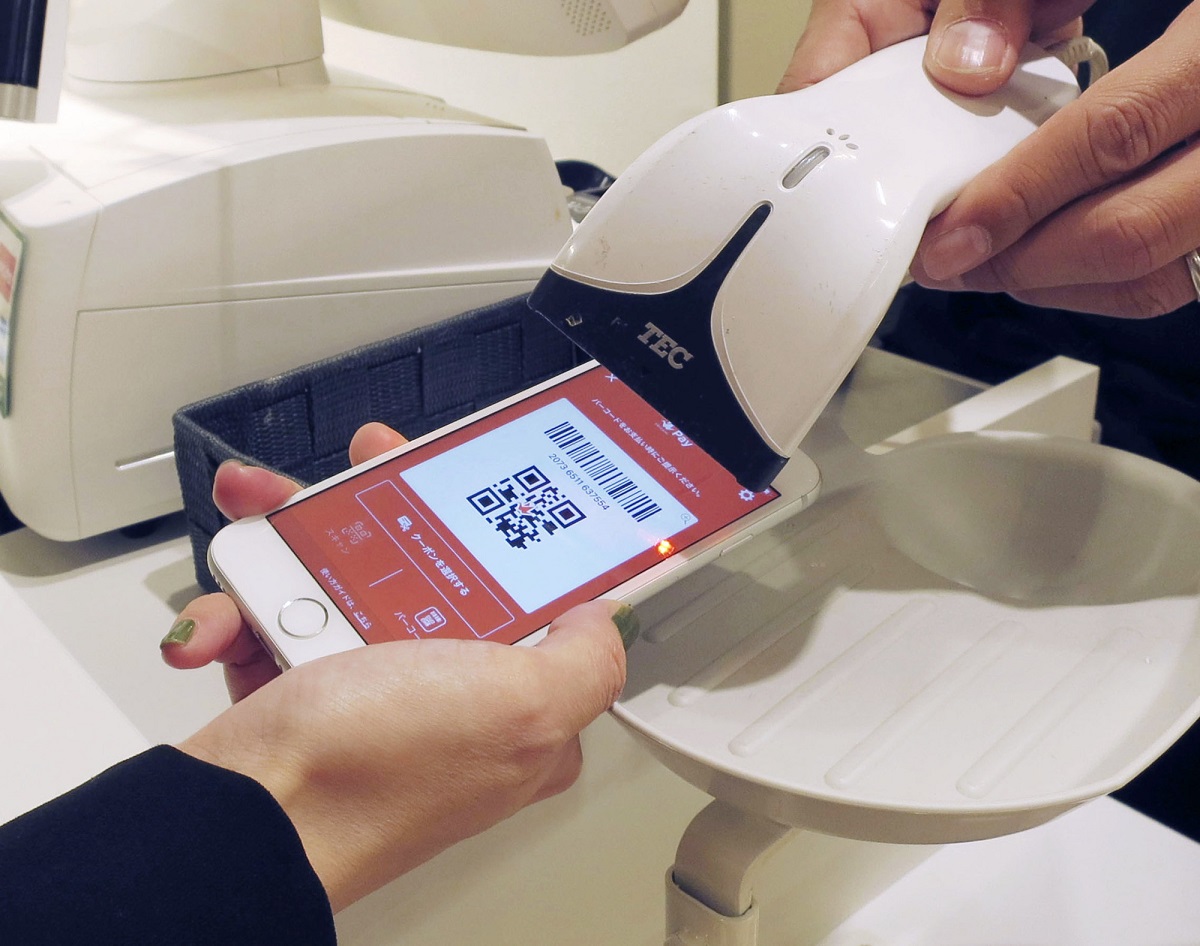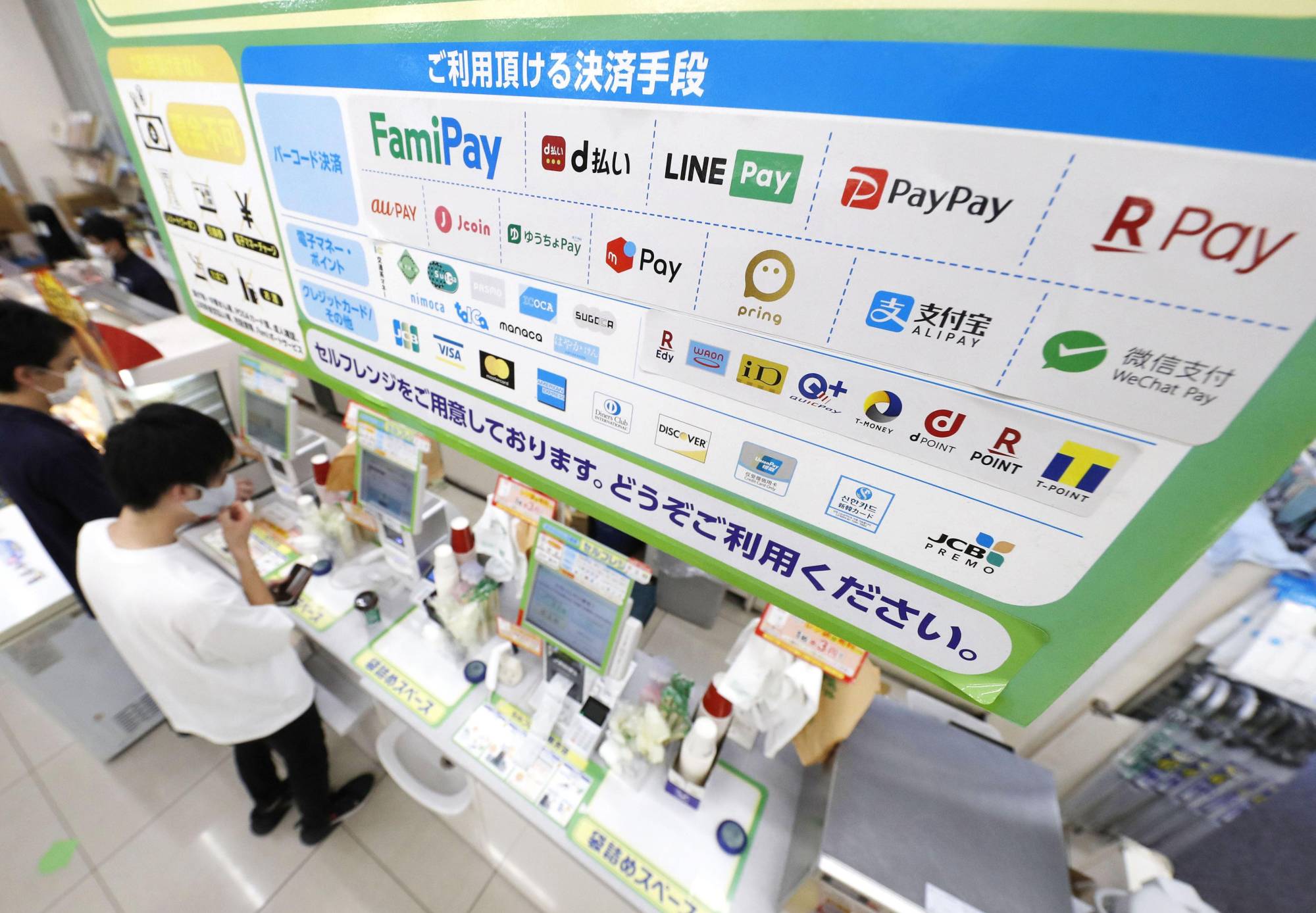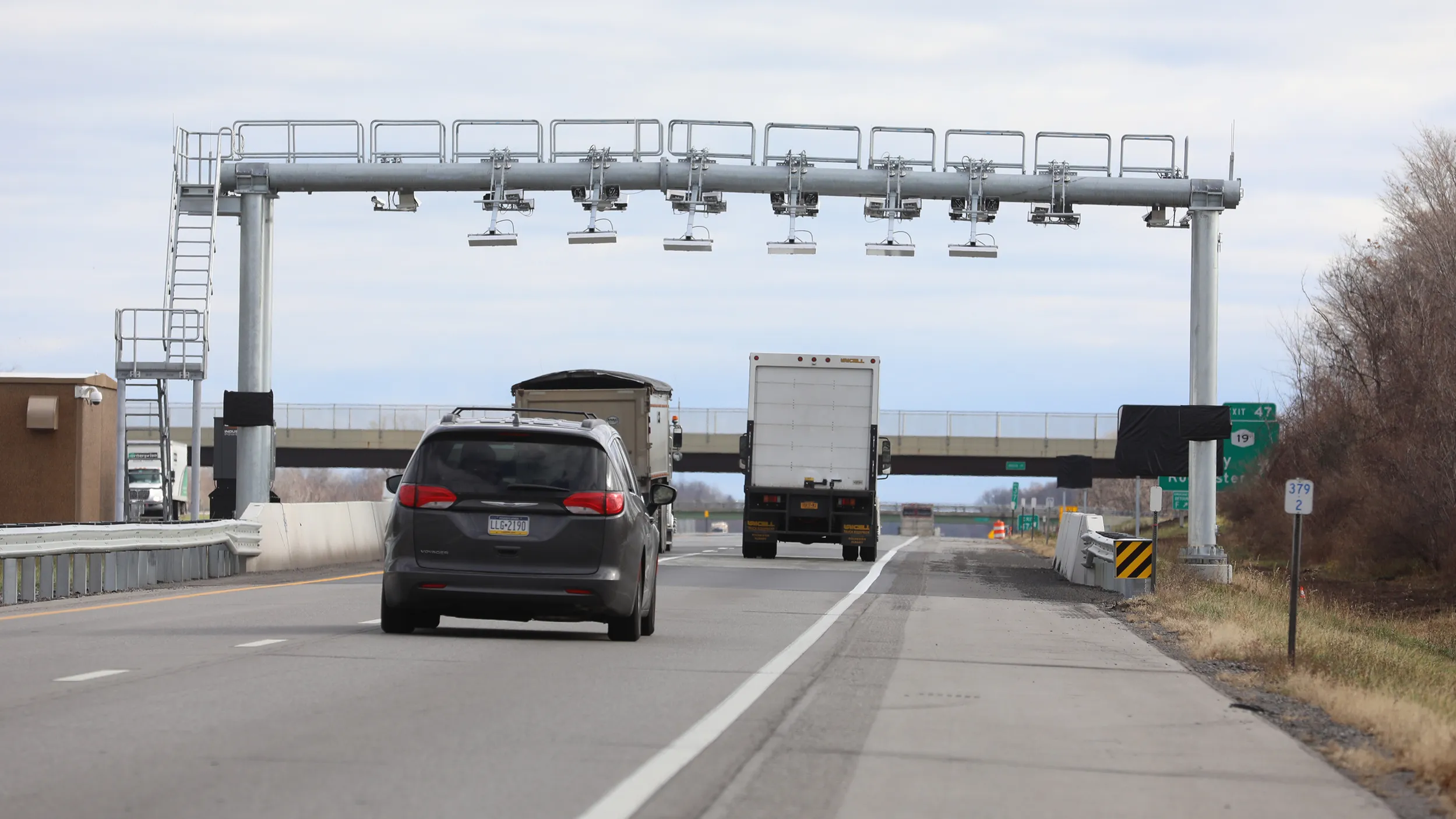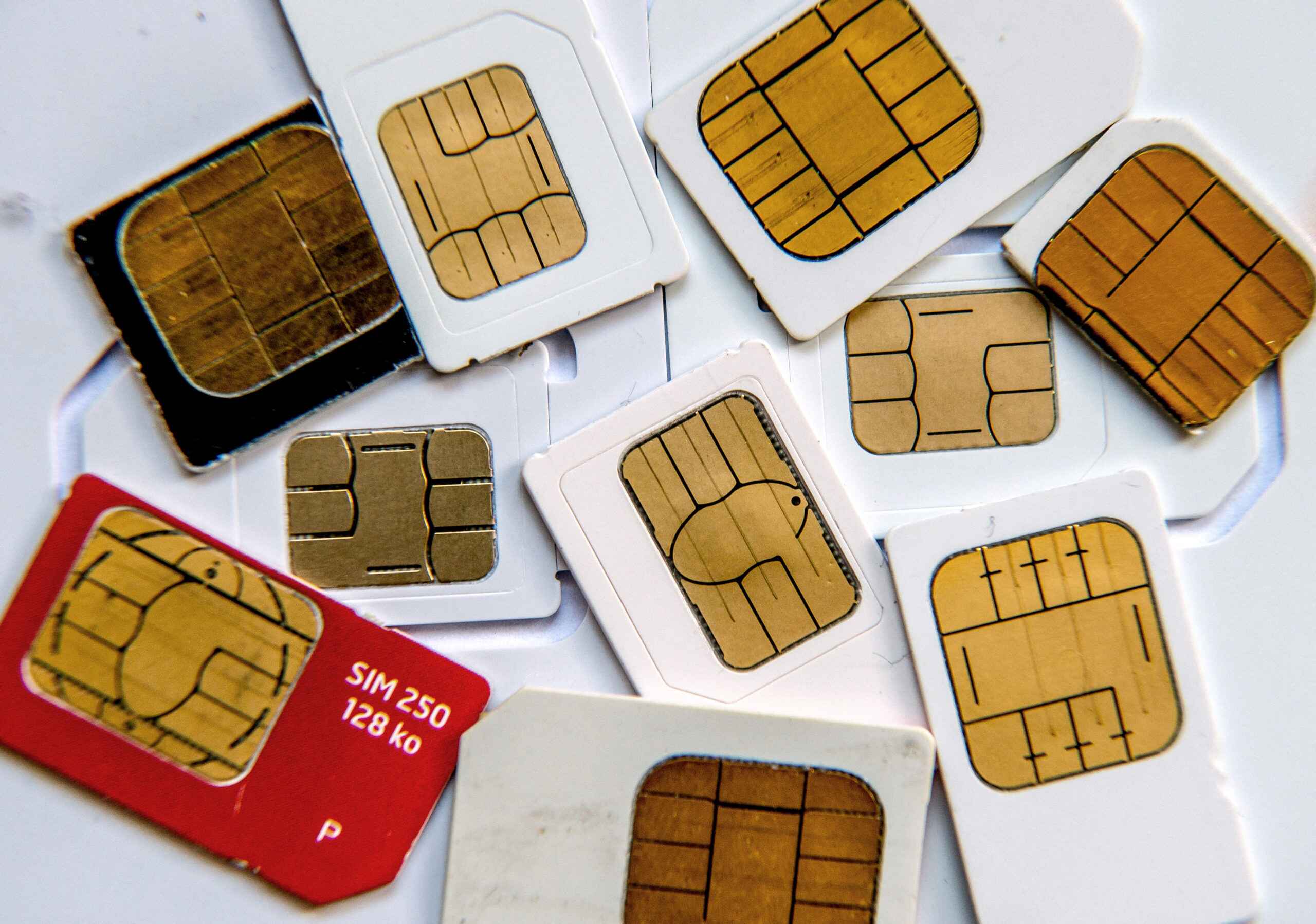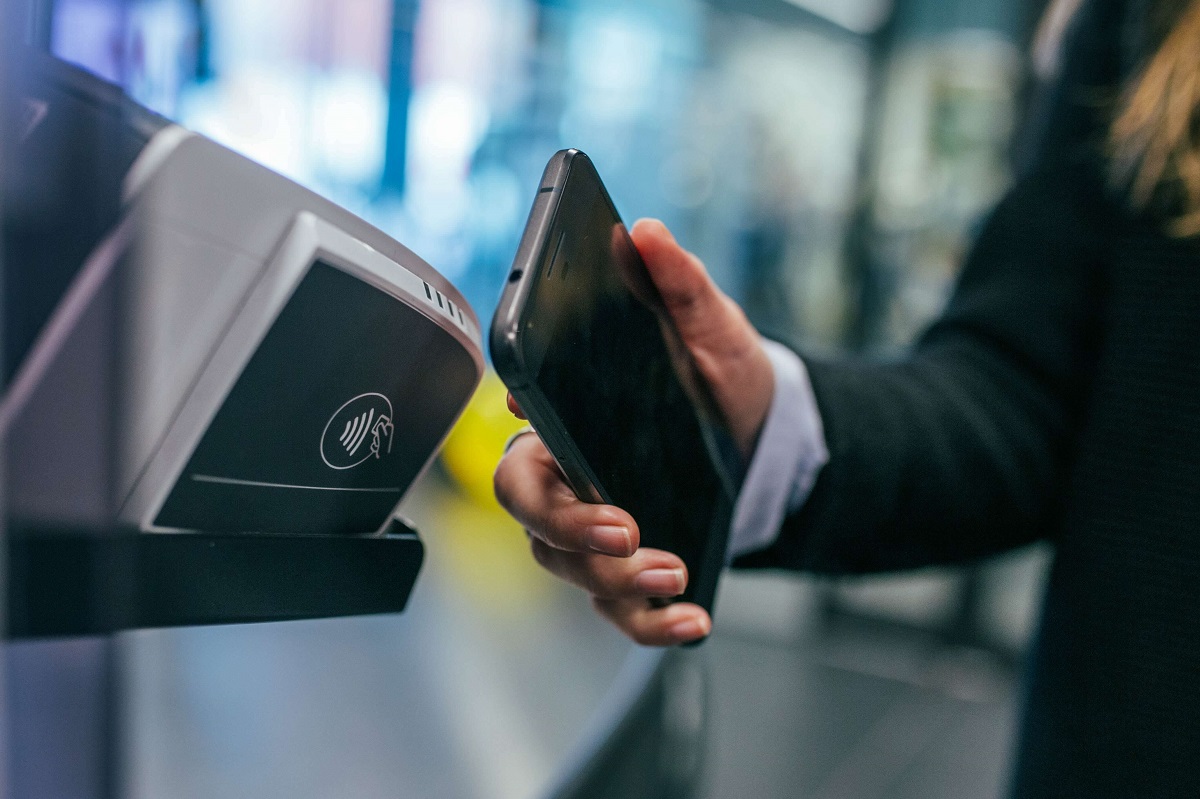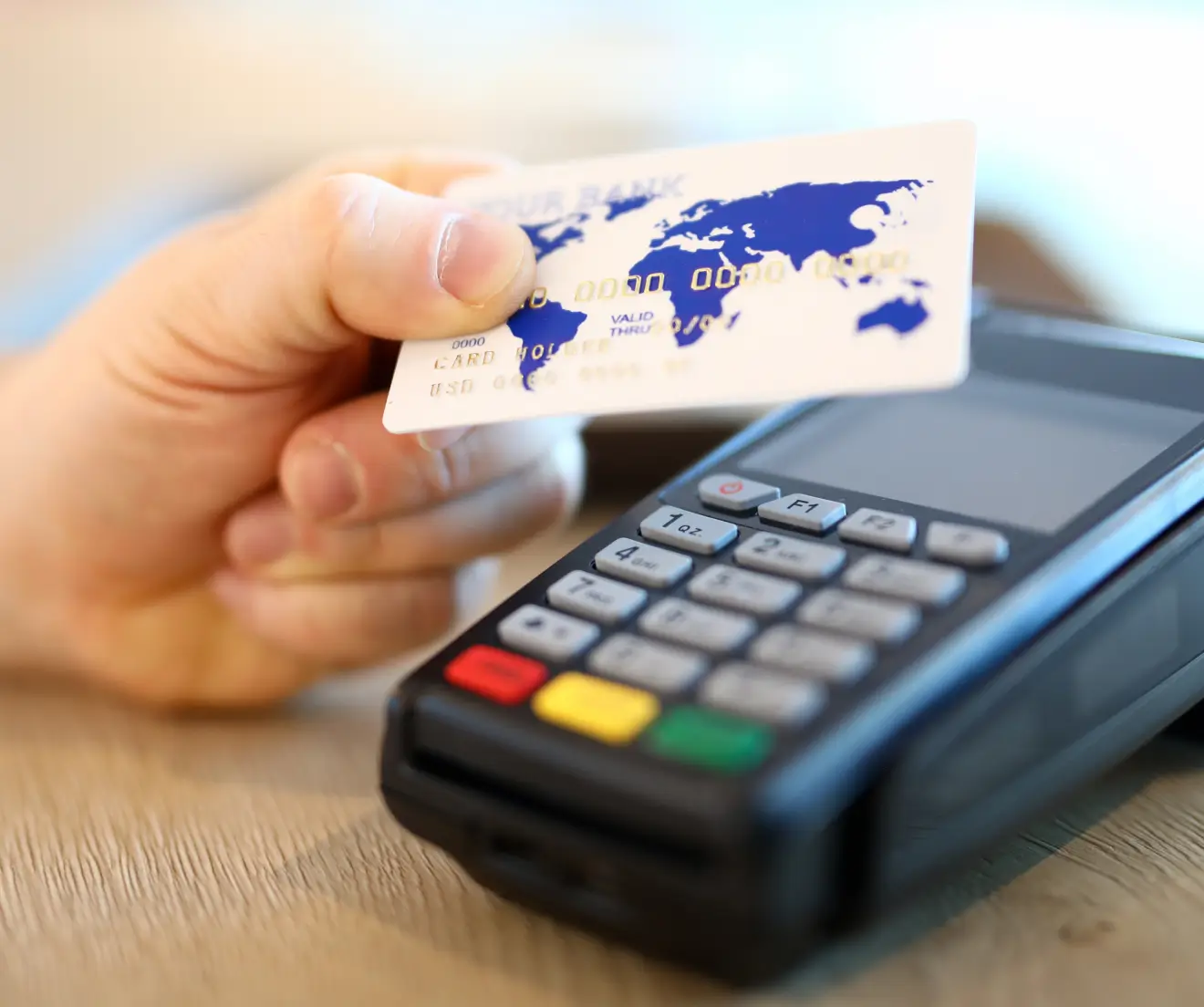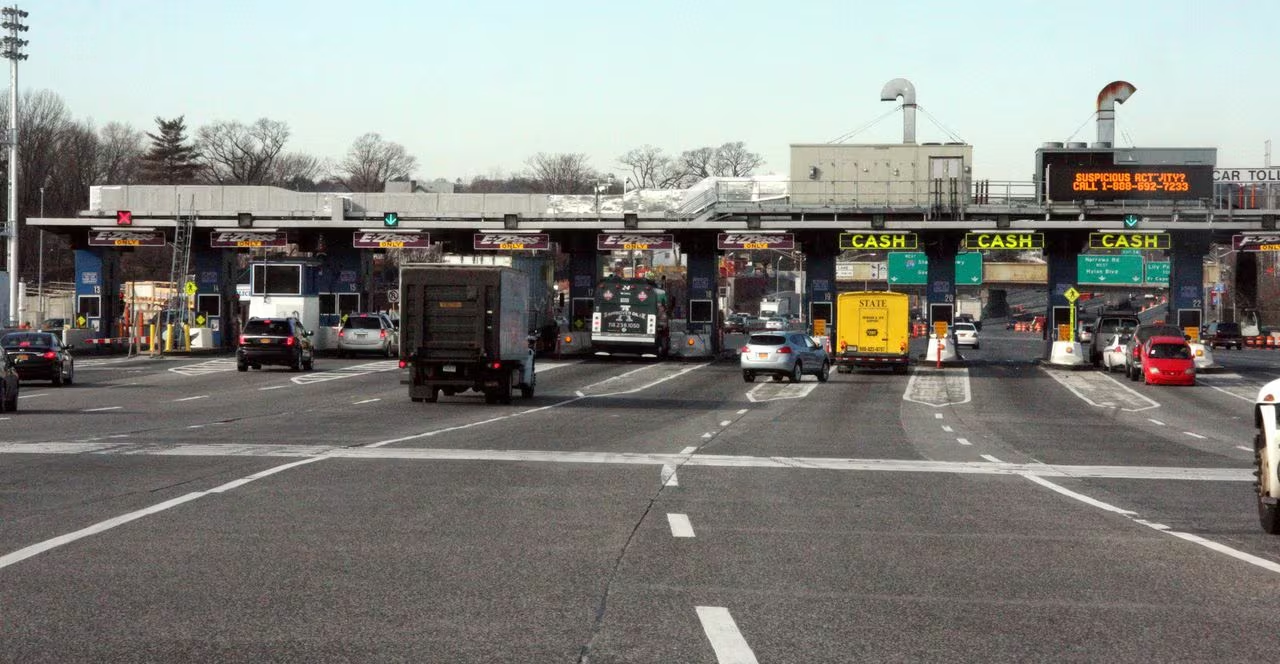Introduction
Welcome to Japan, a country rich in tradition, technology, and a unique culture that entices millions of visitors and tourists every year. When exploring this vibrant nation, one important aspect to consider is the payment method that you will use during your stay. Japan is known for its advanced cashless payment systems, offering convenience and ease of use for both locals and visitors alike.
Japanese Currency and Payment Culture
In Japan, the official currency is the Japanese Yen (JPY). Cash has traditionally been the primary method of payment in the country, and it is still widely used and accepted. However, in recent years, there has been a significant shift towards cashless payment options, driven by convenience, efficiency, and the promotion of a cashless society.
Cashless Payment in Japan
Japan has embraced a wide range of cashless payment methods, making transactions quick, secure, and hassle-free. From IC cards to mobile payment apps, there are various options available to cater to different needs and preferences. When compared to other countries, Japan stands out for its extensive acceptance of cashless payments, even in rural areas.
Cash vs. Cashless Payment Methods
While cash is still widely accepted in Japan, there are distinct advantages to using cashless payment methods. Cashless payments offer the convenience of not having to carry physical currency, reduced risk of theft or loss, and the ability to track expenses easily. Additionally, cashless transactions enable smooth and efficient processing, contributing to shorter queues in crowded places such as train stations and convenience stores.
Best Cashless Payment Methods for Visitors and Tourists in Japan
For visitors and tourists, there are several cashless payment methods that are particularly convenient and widely accepted throughout Japan. These options include Suica and PASMO IC cards, JR Pass and ICOCA cards, mobile payment apps, credit and debit cards, and utilizing currency exchange and ATMs. Each option offers its unique features and benefits, catering to different preferences and needs.
Japanese Currency and Payment Culture
When visiting Japan, it’s essential to familiarize yourself with the local currency and payment culture. The official currency in Japan is the Japanese Yen (JPY), and it comes in different denominations such as coins (1 yen, 5 yen, 10 yen, 50 yen, 100 yen, and 500 yen) and banknotes (1,000 yen, 2,000 yen, 5,000 yen, and 10,000 yen).
Japan has a unique cash-based payment culture, where the majority of transactions are traditionally conducted using physical currency. Cash has been widely accepted for many years, and it’s still a common method of payment in various establishments throughout the country. From local street markets to traditional shops and even some restaurants, cash is readily welcomed.
While cash is widely used, you may also come across establishments that accept alternative payment methods. This is especially true in larger cities like Tokyo and Osaka, where the adoption of cashless payment options is more prevalent. It’s always a good idea to have some cash on hand, especially when you’re exploring rural areas or smaller businesses that may only accept cash.
One unique aspect of Japanese payment culture is the concept of payment etiquette. When making a purchase, it’s customary to hand over your money or place it on a small tray provided by the cashier rather than giving it directly to them. This practice is a sign of respect and avoids any potential hand-to-hand contact.
Moreover, it’s important to note that tipping is not a common practice in Japan. In fact, it can even be considered rude or offensive. Japanese service staff take great pride in their work and providing excellent service is part of their job. Instead of tipping, showing appreciation with a polite “arigatou gozaimasu” (thank you very much) is more than enough.
As Japan aims to become a cashless society, the acceptance of cashless payment methods has increased. Many establishments, especially those catering to international visitors, now accept credit and debit cards. However, it’s still a good idea to keep some cash on hand for smaller purchases, vending machines, and places that only accept cash.
Cashless Payment in Japan
Japan has embraced the cashless payment revolution, offering an array of convenient and secure options for both locals and visitors. The country’s advanced infrastructure and technological advancements have made it incredibly easy to go cashless in various settings.
One of the most popular cashless payment methods in Japan is the use of IC cards, such as Suica and PASMO. These cards are contactless smart cards that can be loaded with money and used for transportation, as well as for making purchases at various retailers, convenience stores, and vending machines. These IC cards can be easily topped up at train stations and convenience stores, enabling seamless transactions with just a tap.
Mobile payment apps have also gained significant traction in Japan. Services like Apple Pay, Google Pay, and various local mobile payment apps, such as LINE Pay and PayPay, allow users to link their credit or debit cards to their smartphones and make payments by simply scanning a QR code. These apps provide a convenient, quick, and secure cashless payment experience.
Another popular option is the use of credit and debit cards. In recent years, more establishments in Japan have started accepting card payments, especially those frequented by tourists. Major credit card networks, such as Visa and Mastercard, are widely accepted, making it easy to make cashless payments at hotels, restaurants, shopping centers, and other tourist destinations.
In addition to these options, Japan’s convenience stores, such as 7-Eleven and FamilyMart, have their own cashless payment systems. These stores offer prepaid cards, known as e-money cards, which can be loaded with money and used to make purchases within the store as well as at various partner establishments.
Furthermore, Japan is known for its cutting-edge vending machines, which have also embraced cashless payment options. Many vending machines now accept IC cards and mobile payment apps, allowing you to quench your thirst or satisfy your cravings with a simple tap or scan.
It’s important to note that while cashless payment options are prevalent in larger cities and popular tourist destinations, some rural areas and smaller establishments may still primarily rely on cash transactions. Therefore, it’s always a good idea to carry some cash with you, especially when venturing off the beaten path.
With Japan’s commitment to promoting a cashless society, you can enjoy the convenience and speed of cashless payments during your visit, making your experience in the country even more enjoyable and hassle-free.
Cash vs. Cashless Payment Methods
When it comes to making payments in Japan, you have the choice between using cash or opting for cashless payment methods. Both options have their pros and cons, and understanding them can help you make an informed decision during your visit.
Using cash for transactions is a traditional and widely accepted method in Japan. It offers simplicity and convenience, as you don’t need to rely on technology or worry about compatibility issues. Cash is accepted everywhere, from small food stalls to high-end restaurants. It’s also an excellent option for those who prefer to budget and have a better grasp of their spending.
On the other hand, cashless payment methods provide numerous advantages. One of the key benefits is convenience. With cashless payments, you don’t need to carry around a wallet full of cash. Instead, you can use various digital payment options, such as IC cards, mobile payment apps, or credit and debit cards, to make swift and hassle-free transactions. This is particularly beneficial in crowded areas, where handling cash can slow down the payment process.
Cashless payments also offer enhanced security. Unlike cash, which can be lost or stolen, digital transactions leave a clear trail and offer additional layers of protection. For instance, mobile payment apps and credit cards often have built-in fraud protection measures that help safeguard your money in case of unauthorized charges. Furthermore, using cashless methods minimizes the risk of receiving counterfeit bills, which is a concern for some travelers.
Additionally, cashless payments provide added convenience for public transportation. IC cards like Suica and PASMO can be used to pay for train and bus fares, eliminating the need to purchase a ticket for each individual trip. These cards can also be used at convenience stores and vending machines, making it easier to grab a snack or a drink on the go.
Despite the advantages, it is important to note that cashless payment methods may not be accepted everywhere. While larger establishments and popular tourist destinations often welcome digital payments, smaller businesses, street markets, and some rural areas still primarily rely on cash. It’s always a good idea to carry some cash for these situations to ensure you can make purchases or pay for services when cashless options are not available.
In the end, the choice between cash and cashless payment methods in Japan depends on your personal preference and the specific circumstances of your visit. It’s wise to have a mix of both cash and a cashless payment method, so you can be prepared for any situation that may arise during your exploration of this fascinating country.
Best Cashless Payment Methods for Visitors and Tourists in Japan
For visitors and tourists in Japan, there are several cashless payment methods that are particularly convenient and widely accepted throughout the country. These methods offer ease of use, flexibility, and the ability to make seamless transactions during your stay. Here are some of the best cashless payment options to consider:
Suica and PASMO IC Cards: Suica and PASMO are two popular IC cards that can be used for transportation and making purchases at various retailers, convenience stores, and vending machines. These cards can be easily loaded with money and offer the convenience of contactless payments with just a simple tap.
JR Pass and ICOCA Card: If you’re planning to explore multiple regions in Japan, the Japan Rail (JR) Pass is a cost-effective option. It allows for unlimited travel on JR lines and can also be used as a prepaid ICOCA card for cashless payments at select establishments.
Mobile Payment Apps: Mobile payment apps like Apple Pay, Google Pay, LINE Pay, and PayPay have gained popularity in Japan. By linking your credit or debit card to these apps, you can make secure and convenient payments by scanning QR codes at various retailers, restaurants, and even taxis.
Credit and Debit Cards: Major credit and debit cards are widely accepted in Japan, especially at larger establishments and tourism-centric areas. Visa and Mastercard are the most commonly accepted cards, providing a convenient and secure way to make cashless payments during your visit.
Currency Exchange and ATMs: While not necessarily a cashless payment method, it’s important to have access to local currency. There are numerous currency exchange counters and ATMs available throughout Japan, where you can withdraw cash using your international debit or credit card.
When selecting the best cashless payment method for your needs, consider the locations you plan to visit, the convenience of reloading or topping up, and the potential fees associated with each option. It’s also a good idea to have a backup plan and carry a mix of cash and a cashless payment method to ensure you can navigate various situations that may arise during your travels.
Ultimately, the best cashless payment method for visitors and tourists in Japan will depend on personal preferences, travel plans, and the level of convenience desired. By embracing these cashless options, you can enjoy a smooth and efficient payment experience while exploring the wonders of Japan.
Suica and PASMO IC Cards
Suica and PASMO IC cards are two popular cashless payment options in Japan that offer convenience and flexibility, particularly for transportation and everyday purchases. These contactless smart cards have become an integral part of daily life for both locals and visitors, providing a seamless and efficient payment experience throughout the country.
Both Suica and PASMO cards function similarly and can be used interchangeably in most areas. They are accepted not only for transportation purposes but also at various retailers, convenience stores, vending machines, and even some restaurants.
One of the key benefits of using Suica and PASMO cards is the convenience they offer for public transportation. These cards can be used to pay for fares on trains, buses, and even some ferries. Instead of buying individual tickets for each trip, you can simply tap your card on the designated card reader at the entrance and exit gates. This saves time and eliminates the hassle of searching for correct change or waiting in line at ticket machines.
Another advantage of Suica and PASMO cards is their versatility. Once your card is loaded with money, known as “charging” or “topping up,” you can use it to make purchases at a wide range of establishments. Whether you’re grabbing a quick snack at a convenience store, buying drinks from vending machines, or shopping at select retailers, Suica and PASMO cards provide a convenient contactless payment method.
Reloading or topping up your Suica or PASMO card is easy and can be done at train stations, convenience stores, or using automatic ticket machines. Simply select the amount you want to add to your card and make the payment. It’s important to note that these cards are rechargeable, meaning you can continue using them by adding more money as needed.
When using Suica and PASMO cards, it’s important to remember that they are valid for use in specific regions. Suica cards are primarily associated with the East Japan Railway Company (JR East) and are widely accepted in Tokyo, while PASMO cards are mainly used in the Tokyo metropolitan area. However, both cards can be used in other regions as well, such as Osaka and Kyoto, thanks to regional partnerships.
Overall, Suica and PASMO IC cards are excellent companions for navigating the Japanese transportation system and simplifying your daily transactions. Their ease of use, widespread acceptance, and ability to save time and money make them valuable assets for visitors and tourists exploring Japan.
JR Pass and ICOCA Card
When it comes to travel convenience and cost-effectiveness in Japan, the JR Pass and ICOCA card are two cashless payment options worth considering. These cards offer seamless transportation and effortless cashless payments, allowing visitors and tourists to explore Japan with ease.
The JR Pass, or Japan Rail Pass, is a prepaid ticket that grants unlimited travel on Japan Railways (JR) lines for a specific duration of time. The pass is available in various durations, such as 7, 14, or 21 days, and offers access to JR trains, including Shinkansen bullet trains, local trains, and some JR buses and ferries. With the JR Pass, you can travel across multiple regions in Japan without the need to purchase individual tickets. Additionally, the JR Pass can also function as an ICOCA card, allowing for cashless payments at select establishments.
The ICOCA card, on the other hand, is a rechargeable contactless smart card mainly used for transportation across the Kansai region, which includes cities like Osaka, Kyoto, and Nara. However, ICOCA cards can also be used in other areas where compatible transportation systems exist. These cards work similarly to Suica and PASMO cards, allowing for quick and convenient contactless payments for transportation fares and purchases at various retailers, convenience stores, and vending machines.
By utilizing the JR Pass and ICOCA card, you can experience the convenience of seamless travel and cashless payments during your time in Japan. The JR Pass provides the flexibility to travel extensively across different regions, making it an excellent choice for those planning to explore multiple cities or embark on scenic train journeys. Meanwhile, the ICOCA card is perfect for those primarily visiting the Kansai region, offering easy and efficient access to local trains, buses, and other transportation options.
Both the JR Pass and ICOCA card can be purchased at designated locations such as JR offices, some travel agencies, or online platforms before your arrival in Japan. It’s important to carefully plan your itinerary and consider the duration and areas you will be visiting to determine which option best suits your travel needs.
When using the JR Pass, it’s essential to note that it can only be used by individuals holding a temporary visitor visa and is not available for use by Japanese residents. The ICOCA card, however, can be used by anyone, including both tourists and residents.
Whether you opt for the flexibility of the JR Pass or the localized convenience of the ICOCA card, both options provide an excellent way to enhance your travel experience in Japan. By utilizing these cashless payment methods, you can embark on memorable journeys, explore iconic landmarks, and indulge in the rich cultural experiences that Japan has to offer.
Mobile Payment Apps
In today’s digital age, mobile payment apps have become increasingly popular and convenient for cashless transactions, and Japan is no exception. With the rise of smartphones, several mobile payment apps have emerged, offering locals and visitors a quick and secure way to make purchases with just a few taps.
Popular mobile payment apps in Japan include Apple Pay, Google Pay, LINE Pay, and PayPay. These apps allow users to link their credit or debit cards to their smartphones, transforming them into virtual wallets. With these apps installed, you can enjoy the convenience of making cashless payments by scanning QR codes or using near-field communication (NFC) technology.
One advantage of mobile payment apps is the wide acceptance across various retailers, restaurants, and even public transportation systems. Many convenience stores, department stores, and popular dining establishments have embraced this technology, making it easy and efficient to make purchases using your mobile device.
Mobile payment apps offer enhanced security through features such as tokenization, which replaces sensitive card information with a unique token for each transaction. This adds a layer of protection, ensuring that your financial details are not compromised during the payment process.
Some mobile payment apps also provide additional benefits and rewards. For example, LINE Pay offers cashback and bonus point systems for frequent users, while PayPay often runs promotions with discounts or refunds to incentivize users. These perks can add value to your shopping and dining experiences while saving you money.
Setting up and using mobile payment apps in Japan is relatively straightforward. You’ll need to download the app compatible with your device’s operating system and follow the steps to link your credit or debit card. Once set up, simply open the app, authorize the payment, and hold your device near the QR code reader or the NFC terminal to complete the transaction.
It’s important to note that while mobile payment apps are widely accepted, especially in urban areas and tourist hotspots, there may be establishments or regions with limited acceptance or compatibility. For these situations, having an alternative payment method, such as cash or a physical card, is always recommended.
By utilizing mobile payment apps in Japan, you can enjoy the convenience of leaving your physical wallet at home and making quick and secure cashless transactions with just your smartphone. It’s a modern and efficient way to embrace Japan’s cashless payment culture and enhance your overall travel experience.
Credit and Debit Cards
When it comes to cashless payment options, credit and debit cards are widely accepted and convenient in Japan. Major credit card networks such as Visa, Mastercard, American Express, and JCB are widely supported, making it easy for visitors and tourists to make purchases at various establishments throughout the country.
Using a credit or debit card offers several advantages. First and foremost, it eliminates the need to carry large amounts of cash and provides a higher level of security. With card transactions, you can easily track your expenses and have the assurance of fraud protection offered by your card provider.
Most retailers, department stores, hotels, restaurants, and tourist attractions in Japan accept credit and debit cards. Even smaller establishments and local shops in popular tourist areas often have card payment terminals available. This makes it convenient to use your card for most of your purchases, including meals, shopping, and accommodations.
One important thing to consider when using credit or debit cards in Japan is to inform your card provider that you will be traveling to the country. This prevents them from flagging your card as potentially stolen due to international transactions and helps ensure uninterrupted use during your stay.
While credit and debit cards are widely accepted, it’s worth noting that some smaller businesses, traditional street markets, or rural areas may still primarily rely on cash. Therefore, it’s always a good idea to have some cash on hand for these situations.
In addition, some credit cards may offer additional benefits and discounts for use in Japan. Check with your card provider to see if they offer any special travel privileges or if they have partner programs in Japan that can enhance your travel experience.
It’s also important to be aware of any foreign transaction fees that may be associated with using your credit or debit card abroad. Some cards may charge a foreign transaction fee for each purchase, so it’s advisable to check with your card issuer to understand the fees and factor them into your budget.
Lastly, when using your cards for payment, you might encounter the option to choose between paying in your home currency (e.g., USD, EUR) or the local currency (JPY). It’s generally recommended to choose the local currency to avoid unnecessary conversion fees.
By utilizing credit or debit cards in Japan, you can enjoy the convenience and security of cashless transactions, making your travel experience more streamlined and efficient. Just remember to inform your card provider, carry some cash as a backup, and be mindful of any associated fees to make the most of your card payments.
Currency Exchange and ATMs
When traveling to Japan, it’s essential to have access to local currency for various expenses. Here are some options for currency exchange and accessing cash through ATMs during your visit.
One option is to exchange your currency for Japanese Yen (JPY) before your trip. Many banks, currency exchange offices, and some travel agencies provide currency exchange services. It’s advisable to compare exchange rates and fees to find the best option for your needs. Keep in mind that exchanging larger amounts of cash may offer more favorable rates.
Once in Japan, you can find currency exchange counters both at airports and in major cities. These counters are typically easily accessible and offer competitive rates. If you choose to exchange cash at airports, it’s recommended to exchange a sufficient amount to cover immediate expenses, as rates may be slightly higher there.
Another convenient option is to withdraw cash directly from ATMs. ATMs in Japan are widely available, and many accept international cards, making it convenient to withdraw Japanese Yen when needed. ATMs can be found at post offices, convenience stores, banks, and other locations throughout the country.
Most international cards, such as those with Visa or Mastercard logos, can be used to withdraw cash from ATMs in Japan. However, it is essential to contact your card issuer before your trip to inform them of your travel plans and ensure that your card is authorized for use abroad.
Many ATMs in Japan operate on a limited schedule or may not be available 24/7. However, you can usually find ATMs with extended operating hours at post offices, major train stations, and convenience stores, making it easier to access cash when needed, even outside of regular banking hours.
It’s important to check if your card is compatible with the local ATM network. ATMs that accept foreign cards are usually labeled with English signage. However, it’s advisable to look for ATMs operated by major banks, such as Japan Post Bank, MUFG, or Seven Bank, for wider acceptance and compatibility.
When withdrawing cash from ATMs, you may have the option to choose between “with conversion” or “without conversion.” It’s generally recommended to choose “without conversion” to allow your home bank to handle the currency conversion, as the conversion rates offered at ATMs may not be as favorable.
By utilizing currency exchange services and ATMs, you can easily access Japanese Yen during your visit. Having a mix of cash, along with cashless payment methods, ensures that you are prepared for various situations and can make purchases or pay for services smoothly throughout your journey in Japan.
Choosing the Best Cashless Payment Method
With a wide range of cashless payment options available in Japan, choosing the best method for your needs can enhance your travel experience. Consider the following factors when deciding which cashless payment method to use:
Convenience: Evaluate the convenience of each option based on your travel plans. If you’ll primarily be using public transportation, IC cards like Suica or PASMO can provide seamless fare payments. If you’re exploring multiple regions, the JR Pass combined with an ICOCA card may offer the most flexibility. Mobile payment apps can be convenient for quick transactions, while credit and debit cards are widely accepted in most establishments.
Acceptance: Consider the acceptance of each payment method. While cash is universally accepted, some smaller establishments and rural areas may have limited cashless payment options. IC cards, mobile payment apps, and credit/debit cards are generally accepted in major cities, tourist areas, and larger establishments, but it’s always a good idea to carry some cash as a backup.
Top-up or Reload Options: If you opt for IC cards or mobile payment apps, consider the availability and convenience of reloading or topping up. IC cards can be easily topped up at train stations and convenience stores, while mobile payment apps may require linking to a bank account or credit card for easy reloading.
Security: Evaluate the security features offered by each cashless payment method. Look for options with secure tokenization and fraud protection measures to ensure the safety of your transactions. Mobile payment apps often offer additional security features such as biometric authentication or password protection.
Fees and Costs: Take into account any fees or costs associated with each payment method. Some IC cards and mobile payment apps may charge a small initial fee or have transaction fees. Credit and debit cards may have foreign transaction fees, so it’s advisable to check with your card issuer before your trip.
Personal Preference: Consider your own comfort and familiarity with each payment method. Choose an option that aligns with your preferences and provides a payment experience that you are comfortable with and confident in using during your time in Japan.
By carefully evaluating these factors and considering your specific travel needs, you can choose the best cashless payment method for your visit to Japan. Utilizing a combination of cash and cashless payment options will provide maximum convenience and flexibility, allowing you to focus on enjoying your time exploring the vibrant culture and attractions of this amazing country.
Conclusion
Japan offers a diverse range of cashless payment options that cater to the needs of visitors and tourists. Whether you prefer the convenience of IC cards like Suica and PASMO, the flexibility of the JR Pass and ICOCA card, the ease of mobile payment apps, or the wide acceptance of credit and debit cards, there is a cashless payment method that suits your preferences.
Embracing cashless payment methods in Japan not only offers convenience but also enhances the efficiency and security of transactions. These payment options allow for seamless transactions in various settings, from public transportation systems to retail stores, restaurants, and even vending machines.
While cashless payments are widely accepted, it’s important to carry a reasonable amount of cash as a backup, especially when visiting smaller businesses or rural areas where cash may be the primary payment method.
Before your trip, it’s advisable to inform your card issuer of your travel plans to ensure uninterrupted use of your credit or debit cards in Japan. Familiarize yourself with the fees and costs associated with each payment method, as well as any specific features or benefits they may offer.
By selecting the best combination of cash and cashless payment methods, you can navigate Japan with ease, enjoying the convenience, security, and efficiency that comes with the country’s advanced payment systems. So, be prepared to embrace the cashless culture and experience seamless transactions while immersing yourself in the beauty and rich experiences that Japan has to offer.







